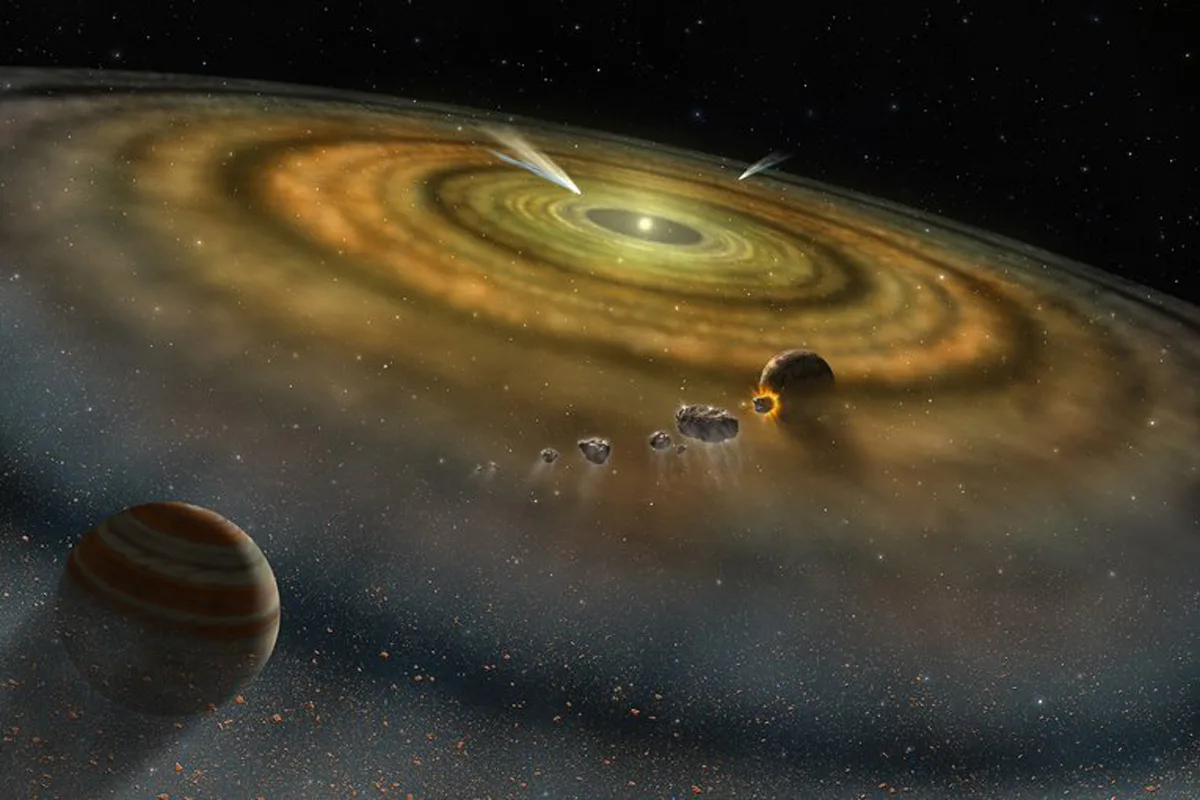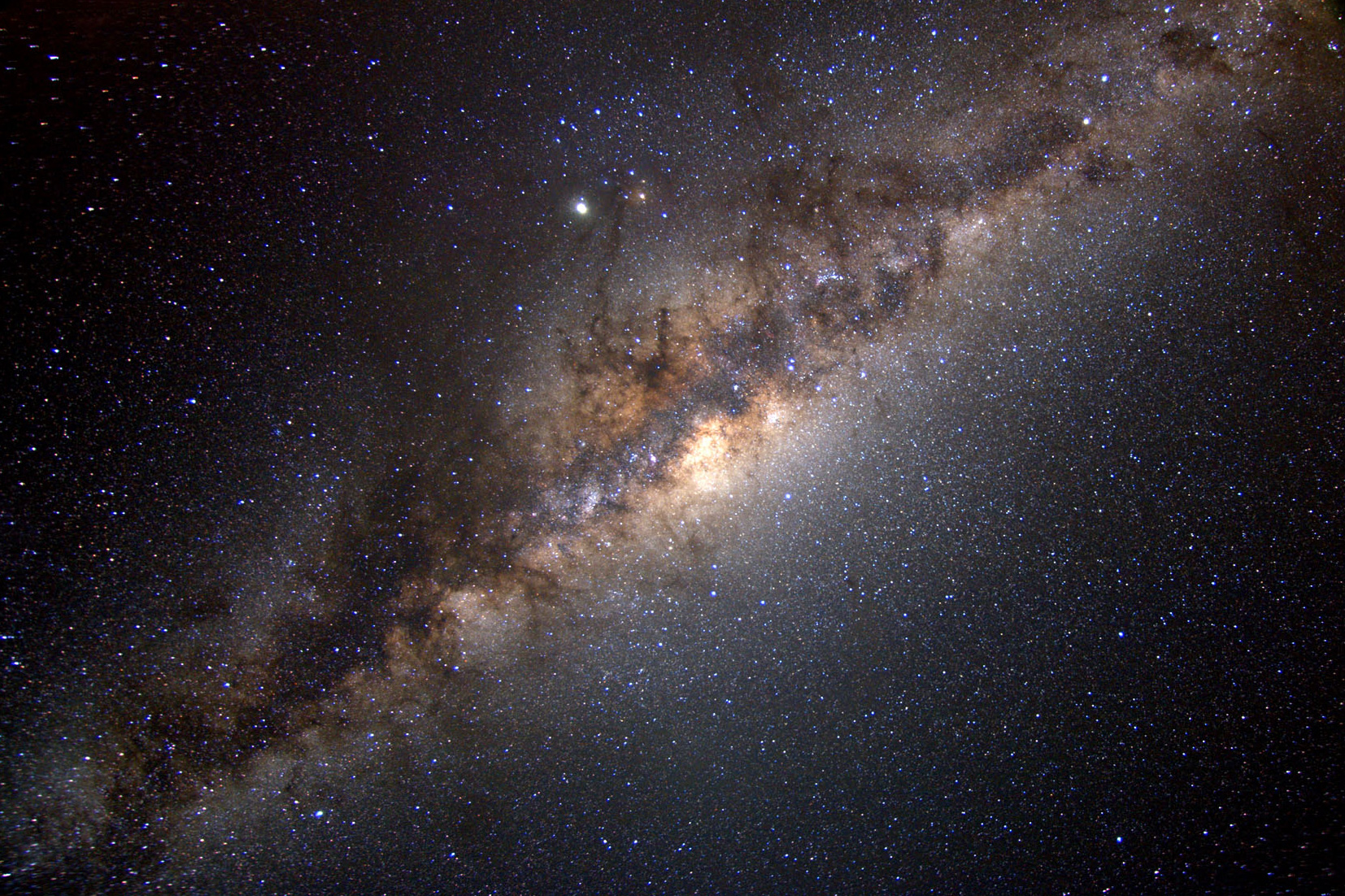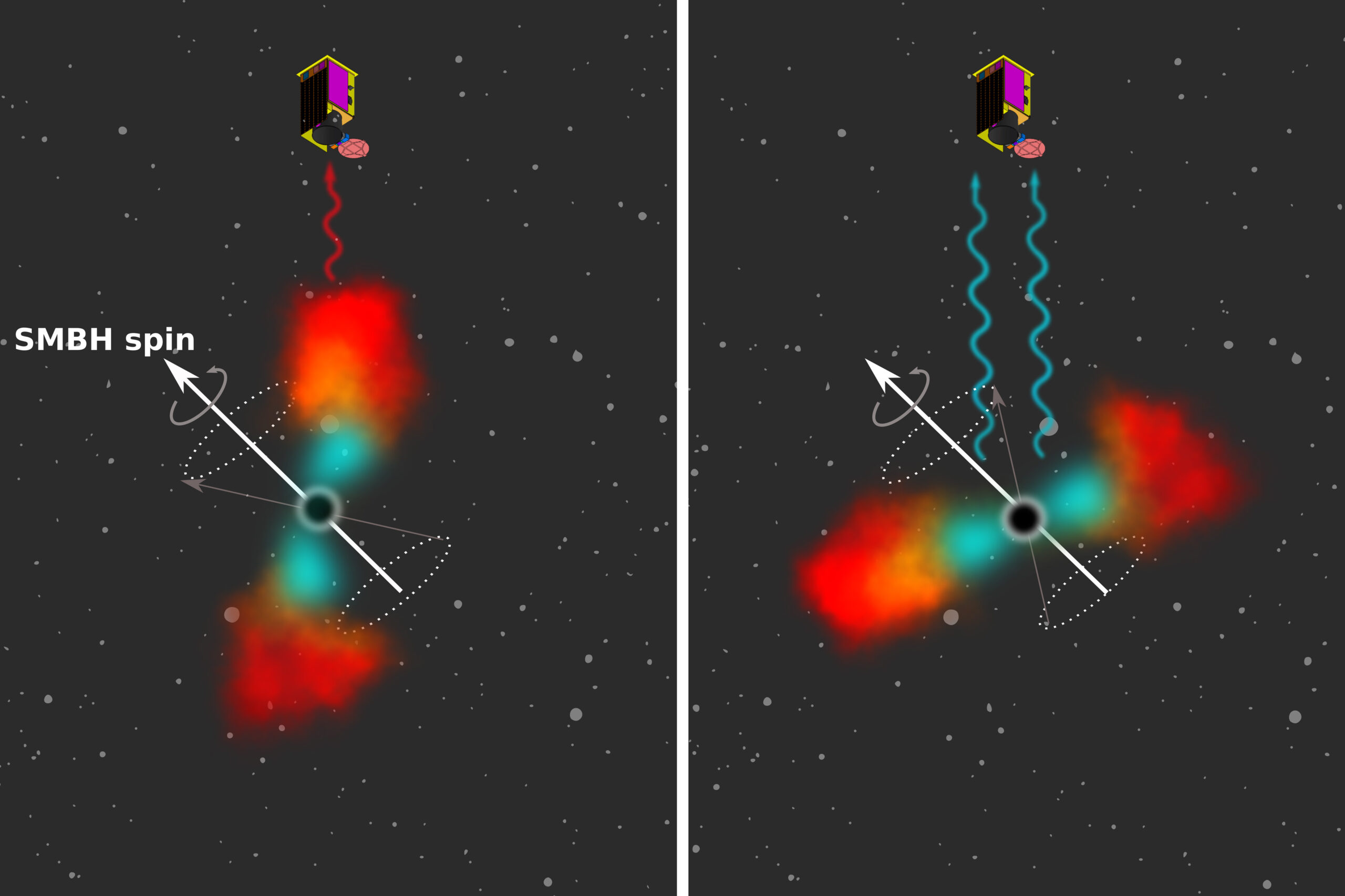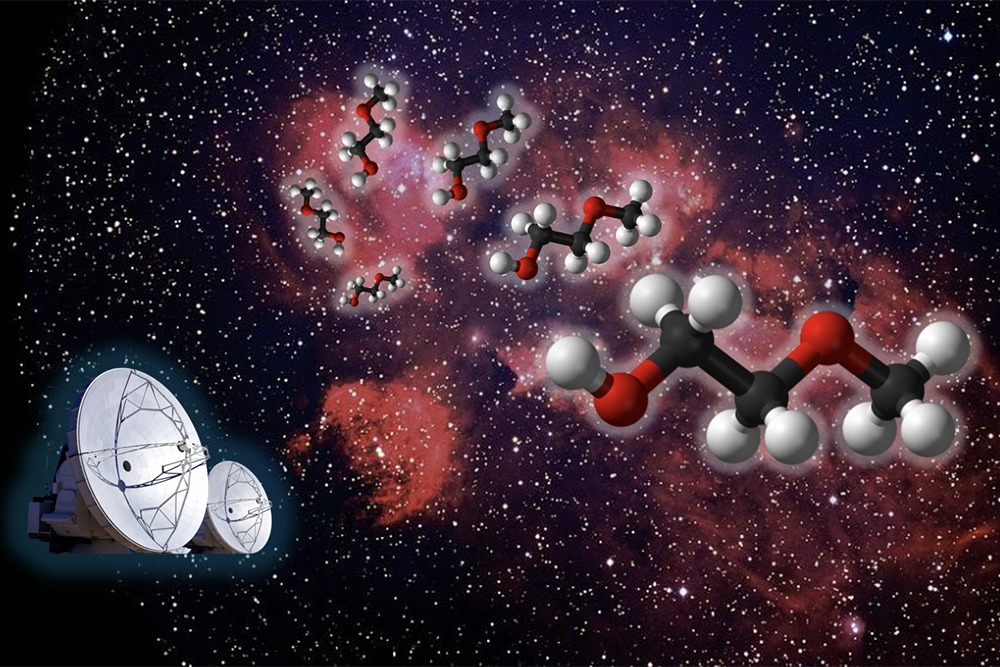Small particles from the asteroid Ryugu are shedding light on the magnetic forces that have sculpted the distant corners of our solar system over the past 4.6 billion years. Researchers from MIT, in collaboration with other institutions, conducted an in-depth analysis of these grains, which were collected during the Japanese Aerospace Exploration Agency’s (JAXA) Hayabusa2 mission and returned to Earth in 2020. Ryugu is believed to have originated on the outskirts of the early solar system before migrating inwards to reside in an orbit between Earth and Mars.
The research team investigated the asteroid’s particles for evidence of ancient magnetic fields that might have existed during its formation. Their findings indicate that if a magnetic field did exist, it likely had an intensity no greater than 15 microtesla—a stark contrast to Earth’s current magnetic field, which measures around 50 microtesla. Remarkably, even this weak intensity could have played a role in accumulating primordial gas and dust to form asteroids, as well as influencing the creation of giant planets like Jupiter and Neptune.
Published in the journal AGU Advances, this groundbreaking study offers the first insights into a weak magnetic field in the outer solar system—an area previously thought to be unaffected by such forces. While scientists have long understood that a magnetic field influenced the inner solar system, the extent of its reach into more distant territories was uncertain until now.
“What we are discovering is that, wherever we look in the solar system, there was some magnetic involvement guiding the mass accumulation that led to the formation of the sun and planets,” states Benjamin Weiss, a co-author of the study and a professor at MIT. “This phenomenon now seems to extend to the outer solar system planets as well.”
The lead author of the study, Elias Mansbach—currently a postdoctoral researcher at Cambridge University—was joined by MIT co-authors Eduardo Lima, Saverio Cambioni, and Jodie Ream. Their collaborative efforts also included experts from Caltech, Harvard University, Tsinghua University, and several other institutions in Japan and beyond.
The Origins of a Magnetic Field
Approximately 4.6 billion years ago, our solar system formed from a dense cloud of interstellar gas and dust, resulting in a swirling disk of matter. Most of this material coalesced in the center to form the sun, while the remnants contributed to a solar nebula of swirling ionized gas. Scientists believe interactions between this young sun and the ionized disk could have generated a magnetic field that permeated the nebula, facilitating the accretion process and pulling materials inward to form the solar system’s planets, asteroids, and moons.
While researchers previously identified a magnetic field across the inner solar system—stretching roughly from the sun out to the vicinity of Jupiter (approximately 7 astronomical units, or AU)—the exact influence of this field on the more distant areas of the solar system remained elusive due to a lack of relevant samples.
A New Perspective
The opportunity to obtain samples from the outer solar system arose with the analysis of Ryugu, which is thought to have formed beyond 7 AU and later entered Earth’s orbit. The Hayabusa2 mission successfully returned asteroid materials to Earth in December 2020, providing a unique chance to examine remnants from the early solar system.
Using a specialized magnetometer in Weiss’ lab, the team examined several grains, each roughly the size of a millimeter. They subjected these particles to an alternating magnetic field to gradually demagnetize each sample. “We are essentially rewinding the magnetic history of the sample, similar to how a tape recorder works,” Mansbach describes. “This allows us to identify patterns that indicate whether the particles formed in the presence of a magnetic field.”
However, the results did not reveal any strong evidence of a preserved magnetic field. This implies that either the outer solar system lacked a nebular magnetic field during the time of the asteroid’s formation or that any such field was too weak to be captured in the particles’ magnetization. Should the latter theory prove correct, the estimated magnetic intensity would be around 15 microtesla.
The researchers further revisited previous meteorite findings, particularly “ungrouped carbonaceous chondrites,” believed to exhibit characteristics aligned with formation in the outer solar system. Initial analyses indicated these meteorites were not formed before the disappearance of the solar nebula. Yet, upon reassessment, Mansbach and his team found that these meteorites were likely much older than previously thought, and one sample even displayed a positive field detection of approximately 5 microtesla—consistent with an upper limit of 15 microtesla.
These insights combined with findings from Ryugu suggest that a weak magnetic field did indeed exist in the outer solar system beyond 7 AU, sufficiently strong to attract matter and facilitate the formation of outer planetary bodies from Jupiter to Neptune.
Looking ahead, the team aims to explore additional evidence of these distal magnetic fields with samples from asteroid Bennu, recently delivered to Earth in September 2023 by NASA’s OSIRIS-REx mission. “Bennu bears striking resemblance to Ryugu, and we are eagerly anticipating the results from those samples,” concludes Mansbach.
This research was partially funded by NASA.
Photo credit & article inspired by: Massachusetts Institute of Technology



